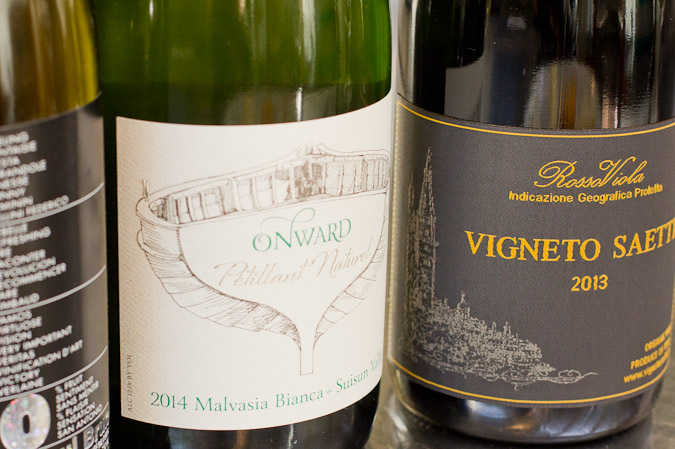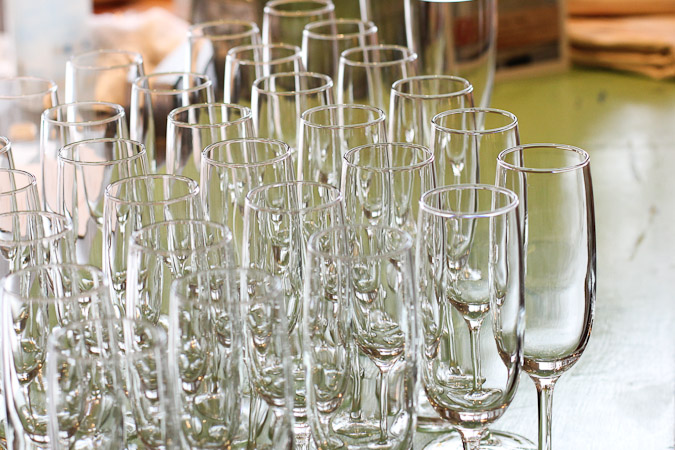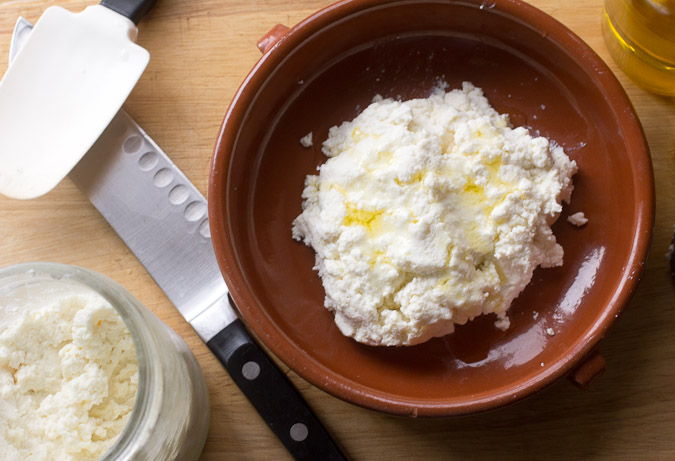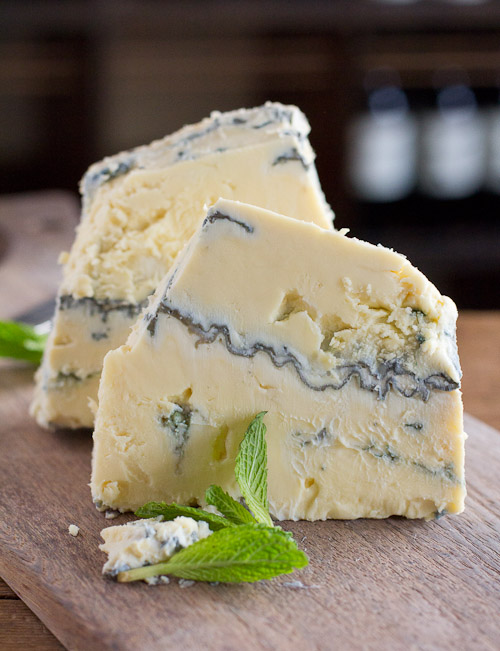Lambrusco: Cheese & Wine Pairing Fit for a Pool Party
 There's an old cheese & wine geek-honored adage that white wine always pairs better with cheese than red wine. Lambrusco begs to differ (and it also would like to formally invite you to a summer pool party while it has your attention).
There are reasons for this adage. Because white wine often has higher acid than your standard red, it can cut through a cheese's richness as smoothly as lime does through a heavy coconut curry. And it has lower tannins, which can get into sparring matches with certain cheeses bacterias, yeasts, and rinds. White wine also can have less oak then reds, which can overshadow a cheese's nuanced flavors.
There's an old cheese & wine geek-honored adage that white wine always pairs better with cheese than red wine. Lambrusco begs to differ (and it also would like to formally invite you to a summer pool party while it has your attention).
There are reasons for this adage. Because white wine often has higher acid than your standard red, it can cut through a cheese's richness as smoothly as lime does through a heavy coconut curry. And it has lower tannins, which can get into sparring matches with certain cheeses bacterias, yeasts, and rinds. White wine also can have less oak then reds, which can overshadow a cheese's nuanced flavors.
But take a red wine, ferment it twice so it has bubbles, then serve it with cheese? That's bliss. And that's proof that adages aren't always right.
Just ask me on a summer's day, when I can be found sipping Lambrusco and downing cheese next to a pool, on a porch, or maybe even while sitting at my desk writing this post (it's not technically summer, but let's just say it's a very hot 81 here in Oakland).
Why is Lambrusco a pool cheese-party wine and why is it so good with cheese? Thus commences the third segment of Bubbles & Cheese Pairing 101.
Pools and large bodies of water favor bubbles over still wines and chilled liquids over room temperature ones. It's a proven fact. Pictures of pool drinks always show a chilled liquid. The best photos picture chilled and bubbly liquid. Enter Lambrusco, a beautiful red alcoholic liquid.
Made in Emilia-Romagna or Lombardy, Italy, from the grape of the same name, Lambrusco is a red, bubbly wine that has great acidity, a dash of tannins to keep things interesting, and fresh red fruit. Lambrusco has gotten a bit of a poor reputation- not because it has been seen out late at night sneaking off to hang out with Nebbiolo or Sangiovese- but because a large amount of poor quality Lambrusco was exported to the states in the eighties and nineties that was sweet, overly fruity, and frankly, boring. The good stuff though, is a revelation.
Bing cherries, red currant, fresh herbs and pepper are flavors common in Lambrusco. Add all this to cold bubbles and you have pure refreshment.
Despite that Lambrusco's also fantastic for summer because it's bright, delicious, cold, and bubbly and looks good next to pools, the main reason that Lambrusco is the perfect summer party wine is because it's easy to pair.
Summer is meant for easy food, low amounts of cooking, light dishes, and relaxing. Since Lambrusco just happens to be one of the easiest wines to pair with cheese, this works out just right. You can pretty much set it out with any cheese and it'll charm the plate like a lightening bug charms a child. Or me. The tiny bit of tannins Lambrusco has teams up with its bright acid to cut the richness of cheese. Its often herbal and peppery notes bring out grassy, herbal lemony flavors in sheep or goat's milk cheese. And the bubbles? Well, that's like a freebie. They wrap around the rich cheese molecules and keep everything light. And because Lambruscos are low, or no oak, they don't overpower cheese.
The Lambrusco's I've served in pairing classes pretty much went with everything on the plate.
But here are some guidelines.
Yes's: Goat and sheep milk cheese, and many cow's.
- Anything from sheep's milk ricotta to lightly aged wheels like Barinaga's Txiki, Bellwether's Pepato, or more aged like Pecorino Toscano. Soft and hard goat's milk cheeses are great, too. Fleur Verte- the young chevre covered in herbs? Perfect. Sleight Farm's Tymsboro or Vermont Cheese Bonne Bouche? Golden Tickets.
- Even cow's milk cheeses like Gruyere, Comté, or Cheddar can't help but say yes to the bubbly red one. You can go with bries, but generally think more aged- as a cheese gets more mature and complex, it likes a little extra in its wine, too.
- If you're just not a sweet wine fan but like your cheeses fierce and want a wine that won't be overhwelmed, know that Lambrusco's love blues, too. Roquefort or Bayley Hazen, and even funky washed-rinds like Époisses or Tallegio too.
Only No's
- I know that Lambrusco comes from Parmesan land, which seems like a lovely and regional pairing, but stay away from the super old "grana" style like cheese with Lambrusco. If you're going Parm, think a year or under. The wine's high acidity and bubbles make the "grana" cheeses seem dry and grainy. Same goes for gouda.
What do you like with your Lambrusco?







